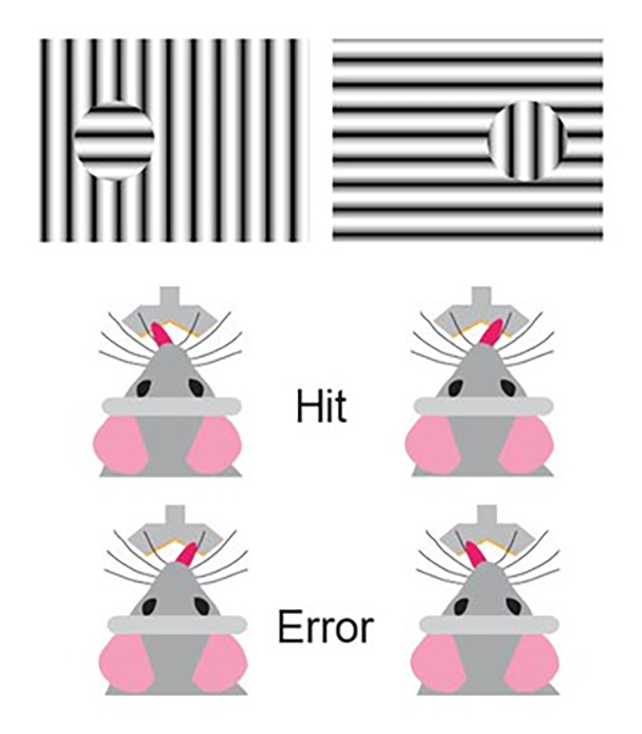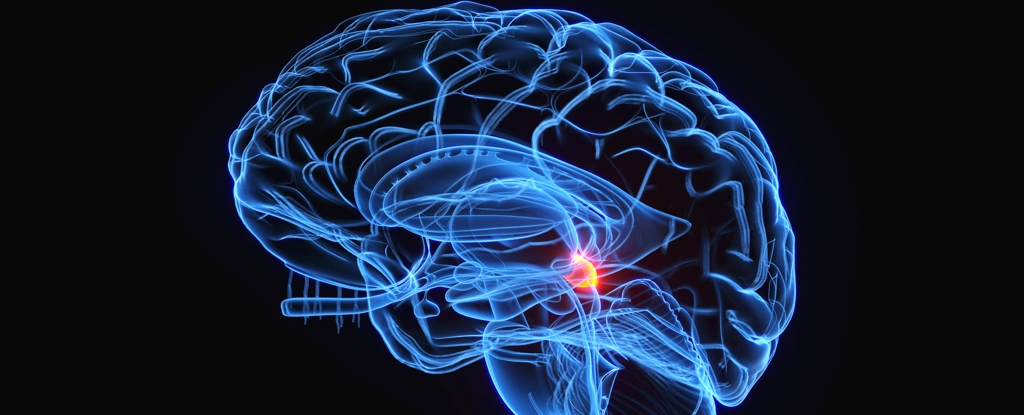Products You May Like
If you feel like the people around you have never appreciated you, the superior colliculus understands. A new study suggests this tiny brain region plays a much more significant role in our vision than previously thought.
And the superior colliculus has been diligently doing its duty for a long, long time, preserved through millions of years of evolution. While it’s relatively large in fish and amphibians though, it’s a small pea-sized region in the human brain.
Researchers from the Netherlands Institute for Neuroscience wanted to dig deeper into how animals, including humans, can separate objects from their backgrounds.
This ability has always been something of a mystery: the visual cortex is known to be involved, but in some animals this part of the brain is underdeveloped, or not present at all.

Based on previous research, the superior colliculus seemed like it might also be involved. Together with the visual cortex, it receives direct sensory input from the eyes, so to examine its function further, the researchers set up experiments in mice.
“In this study, we switched off the superior colliculus using optogenetics to see what effect that would have,” says neuroscientist Alexander Heimel from the Netherlands Institute for Neuroscience.
Once the superior colliculus part of the brain had been disabled, the mice were less able to detect objects around them. That suggests that, together with the visual cortex, it’s crucial in interpreting the immediate surroundings.
Using eye tracking and recording electrical signals in the brain, the researchers also noticed increased activity inside the superior colliculus when the mice detected objects around them. This was observed for both simple and more complex visual tasks.
“Our measurements also showed that information about the visual task is present in the superior colliculus, and that this information is less present the moment a mouse makes a mistake,” says Heimel.

From spotting friends in the street to spotting predators before they get too close, the ability to distinguish an object from its background is a vital part of the visual processing mechanism in the brain, and this is valuable new insight into how it works.
That said, while mice brains and human brains are quite similar in several key aspects – including the parallel pathway that is the visual cortex and the superior colliculus – all of this needs to be demonstrated in people too, before any conclusions are made.
What we do know about humans is that the superior colliculus helps to direct our gaze, and that damage to the visual cortex doesn’t necessarily mean that our ability to detect visual information goes away completely.
“Our research shows that the superior colliculus might be responsible for this and may therefore be doing more than we thought,” says Heimel.
The research has been published in eLife.
